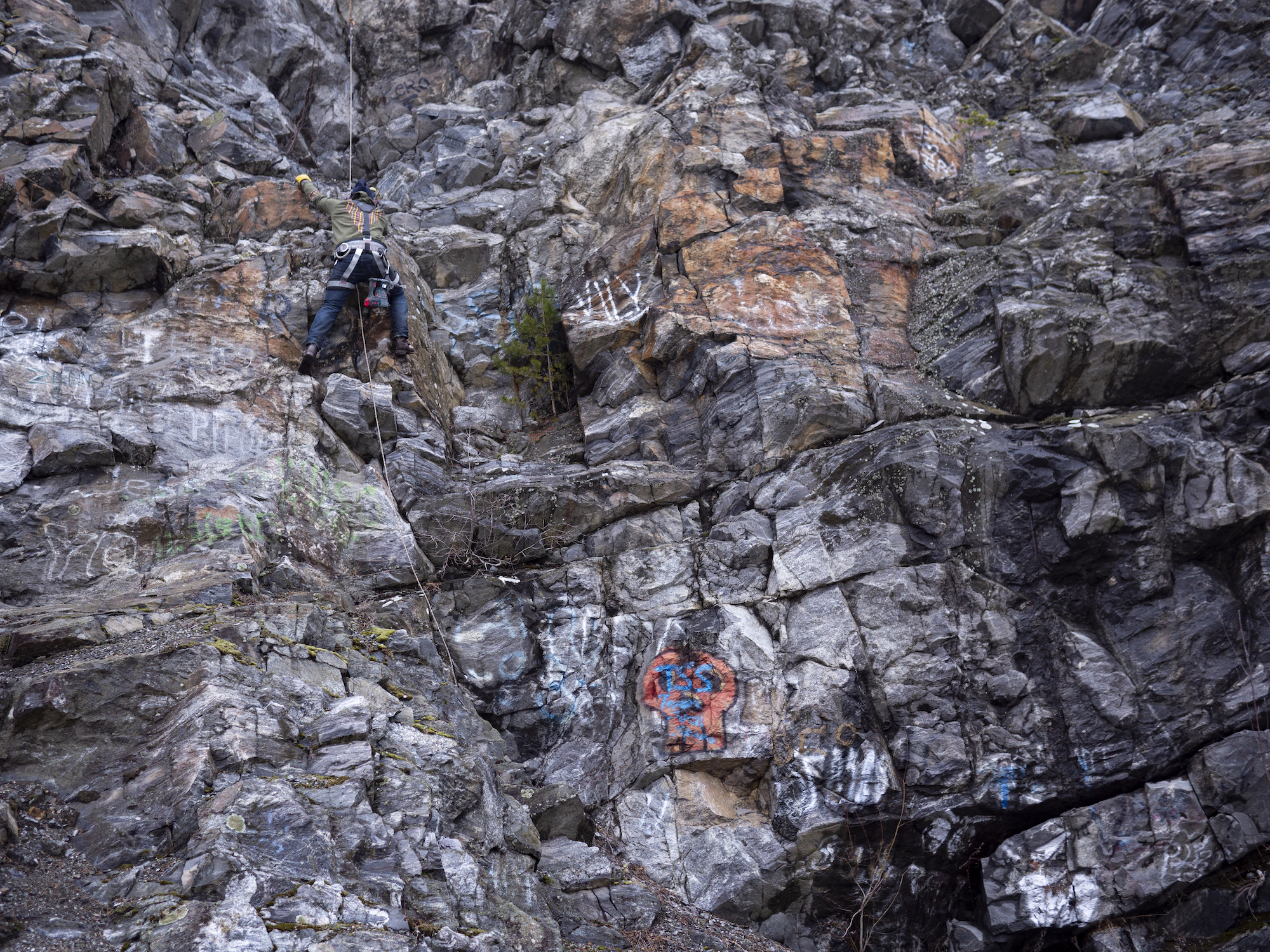Kukonmäen lähde (Rooster Hill Spring) an ancient site with a natural spring, cup-stones (Kuppikivi) in the proximity and the spring water is deemed undrinkable (which makes it all the more exiting). The spring has a concrete support (possibly build in the 30ties as it does not have a steel support) and willow in it’s proximity. The spring was renovated in 2009 by the self-organized Maarian Allas Association. In the renovation they removed a staircase which lead to the water and build a fence around the spring (to keep animals out of the water). Members of the association have organized Saint Lawrence day (10.8) harvest-celebration events at the site. Turku Museum Center has designated the spring as ancient and dated the site over 5000 year old. Planning a mineral water excursion with New Performance Turku.
A short history on sparking waters in Helsinki: Vadelmalimonaadia ja seltterivettä [Raspberry lemonade and Seltzer water] (2014) Kati Selänniemi. Pharmacists Edward Forsberg established the first sparkling water factory at Erottajankatu 4 in 1854. His venture expanded in 1865 as he was joined by seven pharmacists, who established the Apteekkarien Kivennäisvesitehdas Oy [Pharmasists Mineral Water Factory]. Around that time they started working with a some sort of carbonation technology which allowed them to produce artificial mineral waters. Here is a cute advert for their products and services. They also produced sparking wines, lemon sodas and offered sparkling water bathing treatments. According to this source (a collector of porcelain bottle caps) Apteekkarien Kivennäisvesitehdas was operation until 1959.
According to a 2020 article in Helsingin Sanomat (Pauli Jokinen), mineral waters were sold in kiosks as the water of the city wells was a health hazard. Most of the kiosks mentioned in the text are located around the city center boulevard and aimed for city bourgeoisie (I think this is why drinking bottled water is still considered fancy). If I understand it correctly, mineral waters were imported from abroad because they were safer to drink then local waters. When pharmacists learned how to manufacture them artificially they begun producing them from distilled water locally. Some of the waters in an old menu (provided by the Helsinki City Museum archives ) refer (or are from?) geological springs around Europe (Aachener, Emser, Pyrmonter, Selters, Vichy).
Apparently there was a sparking water boom. They were associated with bath-houses, bathing culture and sold as remedies for different heath concerns. Myths of fountains with healing properties were commercialized early on. Fredrik Berndtson’s 1845 book Helsingfors för Resande, i synnerhet Bad- och Brunnsgäster (available in a library in Sweden) offers guidelines and recipes on how to treat oneself with water.
Mineral waters in Tampere share a similar history.

